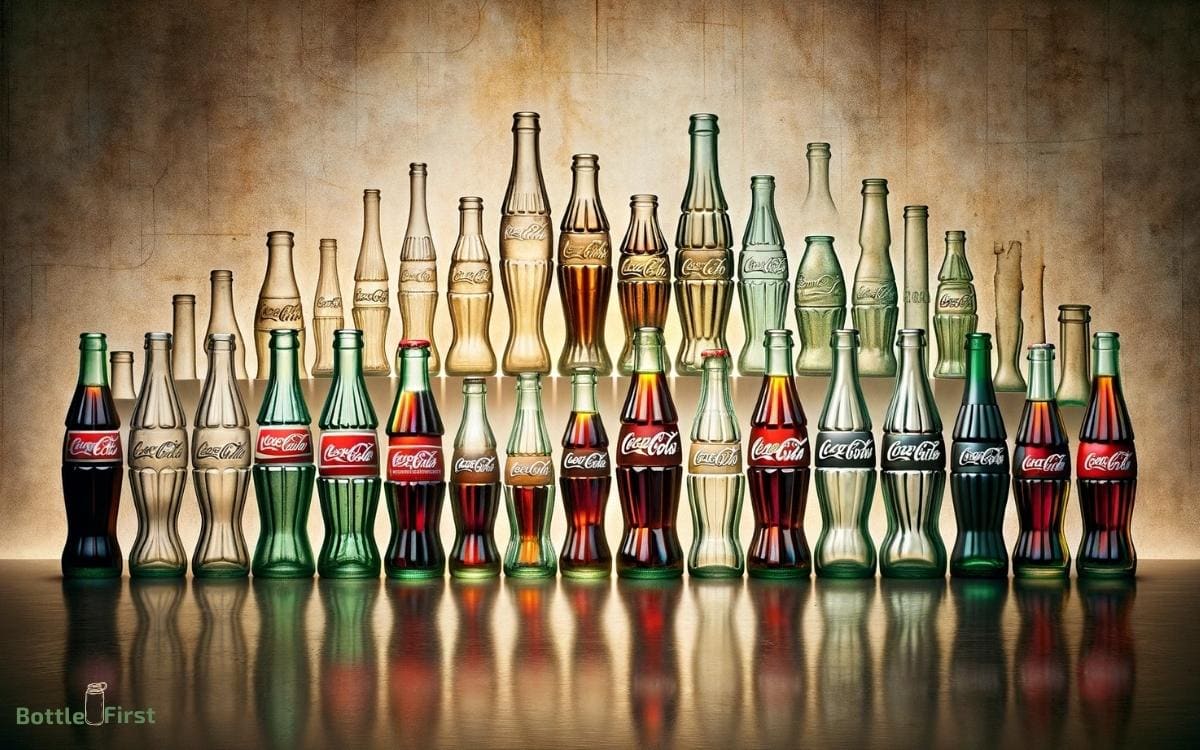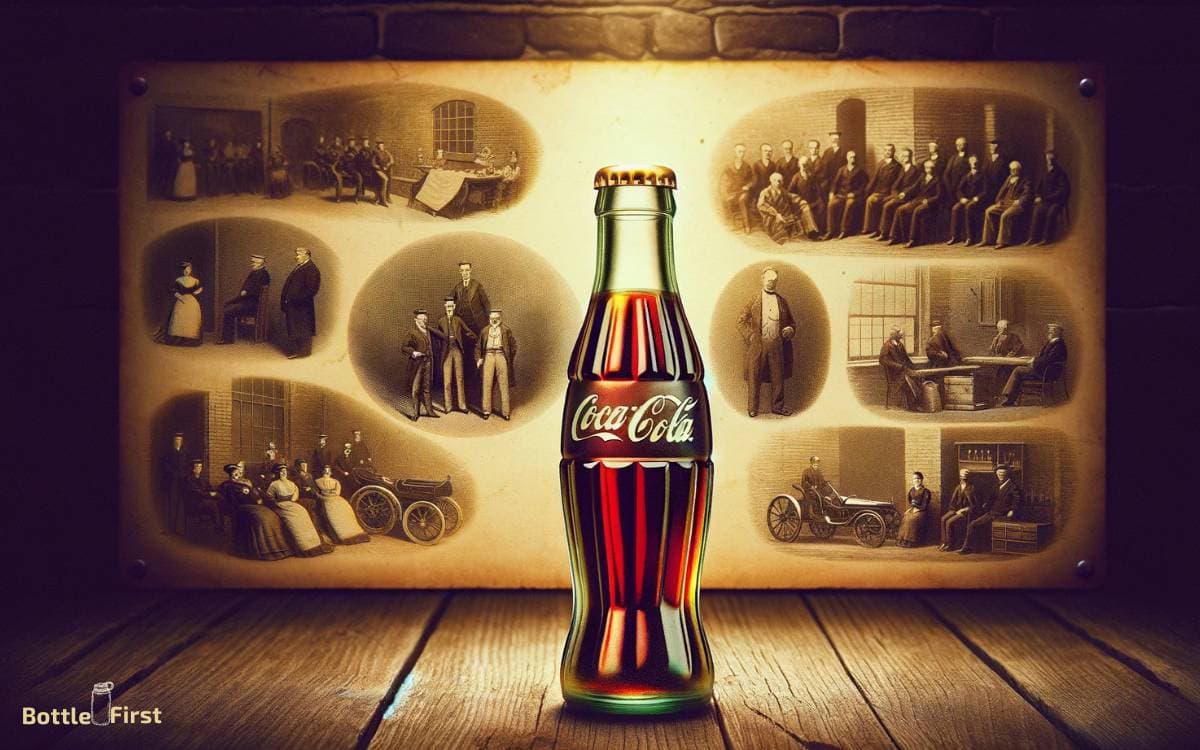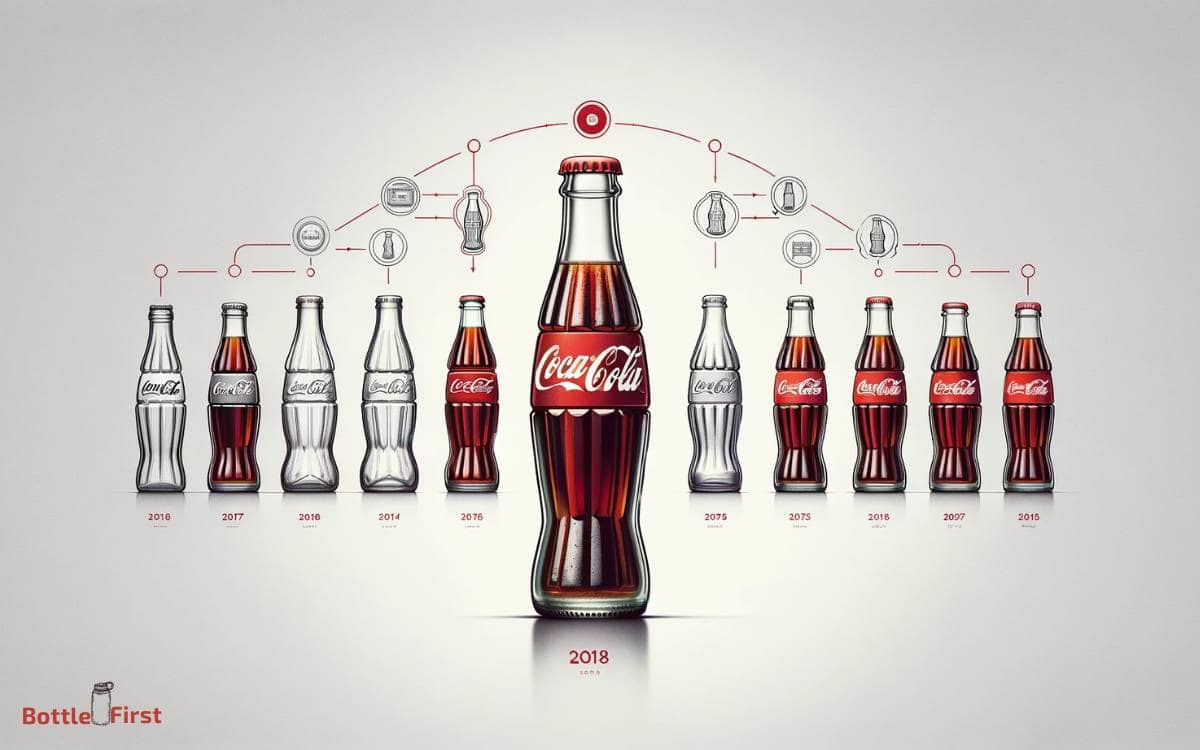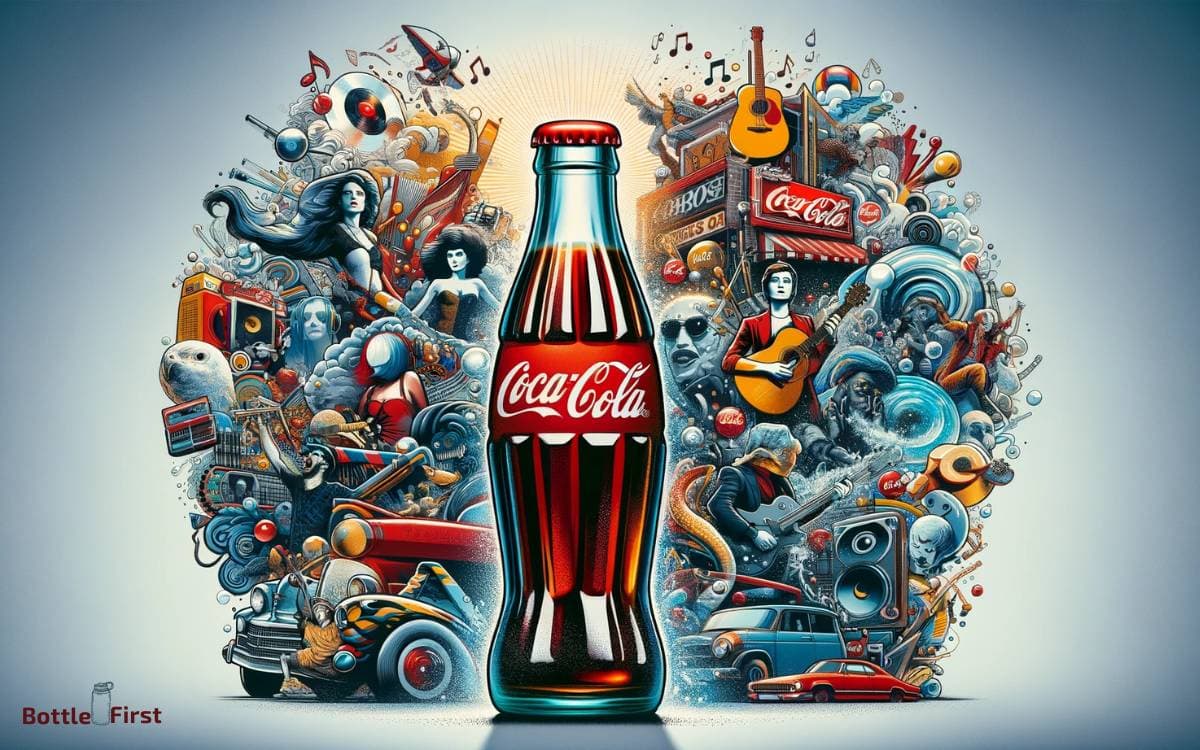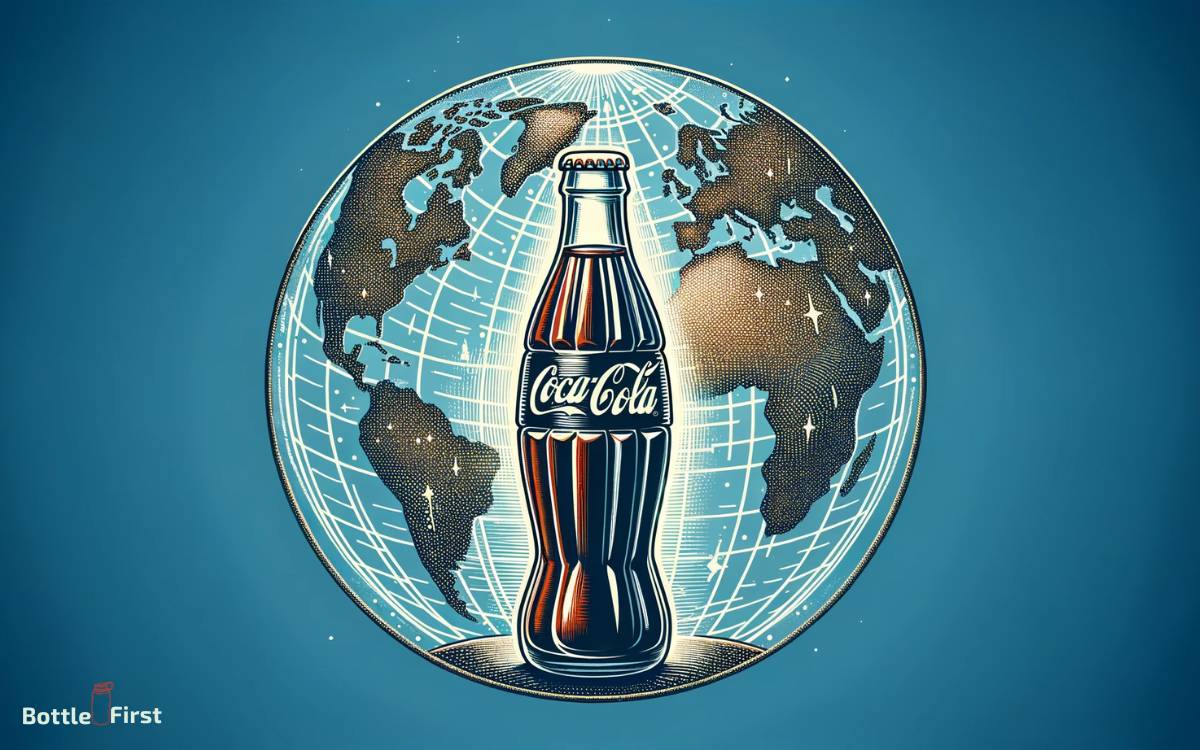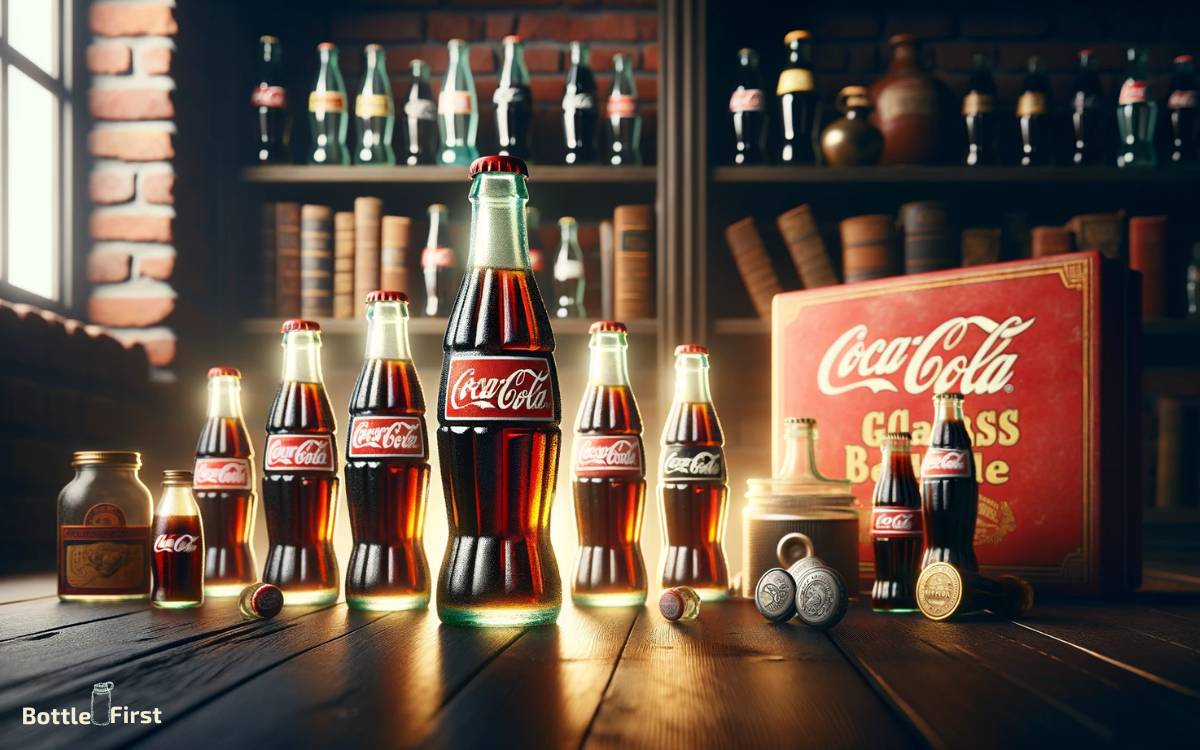Coca Cola Glass Bottle History: Explained!
The Coca-Cola glass bottle boasts a storied past that traces back to the late 19th century. Created in 1894, the first bottle was very different from what we see today.
It was in 1915 that the distinctive contour bottle, known as the ‘hobble skirt’ design, was introduced.
Over the years, this bottle has become an iconic symbol of the brand, recognized worldwide for its unique shape and the refreshing beverage it contains.
This evolution not only signifies a remarkable journey in design but also highlights Coca-Cola’s vast influence on global branding and pop culture.
The history of the Coca-Cola glass bottle can be outlined as follows:
The Coca-Cola glass bottle, with its timeless silhouette, continues to be an emblem of momentous branding and a testament to the enduring legacy of the beverage itself.
Key Takeaway
Early Origins and Invention
Exploring the early origins and invention of the iconic Coca Cola glass bottle begins with understanding its historical significance and impact on the beverage industry.
Back in 1915, the Root Glass Company designed the signature contour bottle, revolutionizing packaging with its distinct shape, which remains timeless.
This bottle was a game-changer, not only for Coca Cola but also for the entire industry, setting a new standard for packaging that captured consumers’ attention.
Its unique design wasn’t just about looks; it also aimed to prevent imitation and ensure that customers knew they were getting the authentic Coca Cola experience.
This marked the beginning of a new era in bottle design and branding, solidifying Coca Cola’s position as an innovative industry leader.
Now, let’s delve into the design evolution and innovations that have shaped the Coca Cola glass bottle over the years.
Design Evolution and Innovations
The design evolution and innovations of the Coca Cola glass bottle have continued to shape its iconic image and influence the beverage industry, ensuring that it remains a symbol of innovation and authenticity.
Over the years, Coca Cola has consistently strived for design improvements to enhance both the aesthetic appeal and functionality of its iconic glass bottle.
From the original Hutchinson bottles to the famous contour shape that was patented in 1915, each iteration has been a testament to the brand’s commitment to innovation.
The table below highlights key design milestones and innovations that have contributed to the enduring popularity of the Coca Cola glass bottle.
| Year | Design Innovation |
|---|---|
| 1886 | Hutchinson bottle |
| 1915 | Contour bottle patent |
| 1957 | Introduction of the King Size bottle |
| 1993 | Transition to the fluted bottle |
| 2020 | Introduction of the 100% recycled glass bottle |
The continuous evolution of the Coca Cola glass bottle demonstrates the brand’s dedication to incorporating cutting-edge design and sustainable practices.
Impact on Pop Culture and Branding
Having achieved global recognition and iconic status, Coca Cola’s glass bottle continues to influence pop culture and branding, becoming a symbol of authenticity and innovation.
Its impact on pop culture and branding is profound, captivating audiences and driving brand loyalty through:
- Enduring Iconography: The timeless design of the Coca Cola glass bottle remains a pervasive symbol in art, music, and fashion, embodying an enduring legacy of style and sophistication.
- Brand Authenticity: The bottle’s association with authenticity and tradition has solidified Coca Cola’s position as a timeless and trusted brand.
- Marketing Innovation: Coca Cola’s innovative marketing campaigns leverage the bottle’s iconic status to create memorable and impactful brand experiences.
- Global Appeal: The bottle’s universal recognition transcends borders, contributing to Coca Cola’s global appeal and cultural relevance.
This influence has propelled Coca Cola to unprecedented heights of brand recognition and cultural significance, leading to its global expansion and influence.
Global Expansion and Influence
Now that you understand the impact of Coca Cola’s glass bottle on pop culture and branding, let’s delve into its global expansion and influence.
The iconic glass bottle has played a pivotal role in Coca Cola’s worldwide presence, becoming a symbol of American culture and innovation.
Through strategic marketing and distribution, Coca Cola has successfully penetrated diverse markets, adapting its brand to resonate with local customs and preferences.
Its influence extends beyond just a beverage, as it has become intertwined with global celebrations, social gatherings, and everyday life.
The distinct shape of the bottle has transcended borders, leaving a lasting imprint on countless communities worldwide.
This global impact showcases the brand’s ability to evolve and connect with people from all walks of life.
As we explore its enduring legacy and collectibility, you’ll gain a deeper understanding of the profound impact of Coca Cola’s glass bottle.
Enduring Legacy and Collectibility
Continuing on from our exploration of Coca Cola’s global influence, let’s now delve into the enduring legacy and collectibility of its iconic glass bottle.
The Coca Cola glass bottle has maintained its allure through the years, becoming a symbol of timeless design and cultural significance.
Here are a few reasons why its collectibility endures:
- Iconic Design: The unique contour shape of the bottle has become a design classic, sought after by collectors worldwide.
- Historical Significance: Each bottle holds a piece of Coca Cola’s rich history, making it a cherished item for enthusiasts.
- Limited Editions: Special edition bottles, featuring collaborations with artists and designers, add a modern twist to the collectible appeal.
- Sustainability: As sustainability gains importance, the glass bottle’s eco-friendly nature adds to its desirability for collectors.
The enduring legacy and collectibility of the Coca Cola glass bottle continue to captivate a new generation of enthusiasts.
Conclusion
So next time you take a sip from a classic Coca Cola glass bottle, remember the journey it has taken. From its humble beginnings to its iconic status in pop culture, this bottle has stood the test of time.
Just like a vintage bottle of Coca Cola, it’s a reminder that some things only get better with age, leaving a lasting impression on those who appreciate the history and craftsmanship behind it.
Cheers to the enduring legacy of the Coca Cola glass bottle!
